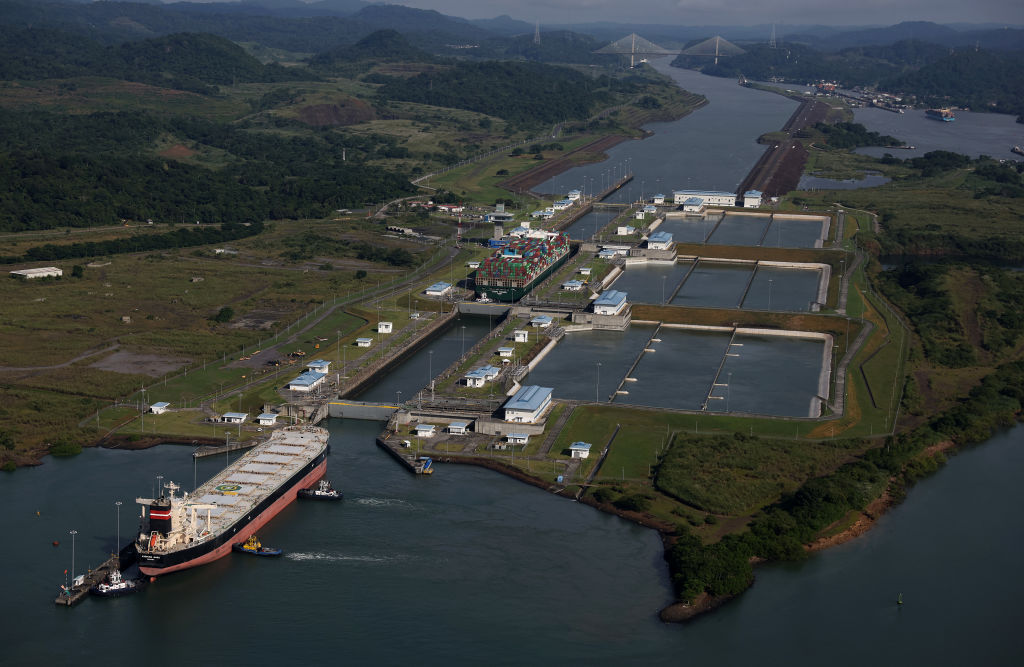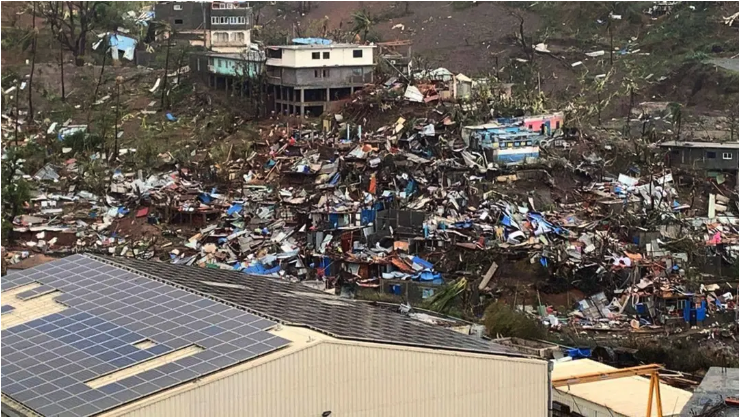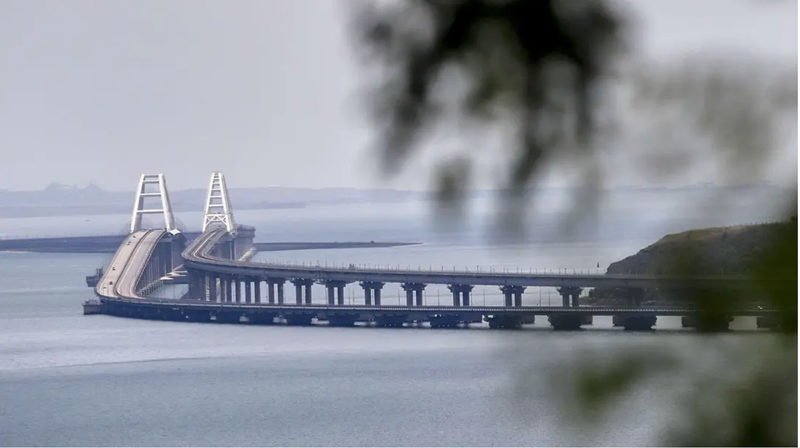Panama Canal Drought Forces Cuts to Shipping Traffic
The Panama Canal Authority (ACP) has announced that it has been forced to cut the daily number of ships passing through the Panama Canal yet again, as the drought-stricken region suffers under the impacts of El Niño....

Facts
- The Panama Canal Authority (ACP) has announced that it has been forced to cut the daily number of ships passing through the Panama Canal yet again, as the drought-stricken region suffers under the impacts of El Niño.1
- After the typical rainy season between April and November failed to occur, the ACP cut the daily ship quota from 36 to 32 in August. It will now further reduce the quota to 18 between November and February of next year.2
- Within the daily quota, nine ships will use the NeoPanamax shipping lane, while the remaining vehicles will use the much older Panamax lane. Both lanes use locks fed by the rains, the lack of which has left waterways unusually dry and unable to support both the canal operations and the water needs of nearly 4M people.3
- According to the ACP, “The recorded precipitation for October has been the lowest on record since 1950 (41% below), and so far, 2023 ranks as the second driest year for the same period.”4
- With more than 3% of the world’s goods moving through the canal, experts predict that the disruption could result in some vessels waiting two or more days for passage. The delays will occur just as the world enters the busiest shopping season of the year.5
- While El Niño is the more pressing cause of the drought, the equatorial climate of Panama — one of the wettest countries in the region — has been experiencing drought conditions that experts believe have been prolonged as a result of climate change and climbing temperatures.6
Sources: 1BBC News, 2FOX Weather, 3ABC News, 4Reuters, 5FT and 6The New York Times.
Narratives
- Narrative A, as provided by CNBC. Shipping is the industry most vulnerable to the impacts of climate change. Roughly 90% of global goods reach their destination via maritime shipping. The demand for goods is growing and the need for shipping vessels will grow. Any impacts to shipping lanes and ports could come with a costly price tag of up to $10B per year through 2050 and then grow to $25B annually through 2100. The maritime industry will need to dig deep to ensure it becomes sustainable.
- Narrative B, as provided by Harvard Business Review. Maritime transport is the most critical component of international trade. Just as the industry gets back on its feet following the pandemic and Russia’s war against Ukraine, it cannot afford to suffer another setback. Regulators are so over-focused on green-washing the shipping industry that they are missing the bigger picture, overlooking the cost to companies already navigating the fallout of recent upheaval. Without properly recognizing its significance, the industry that sustains the lives of so many will inevitably face collapse.






